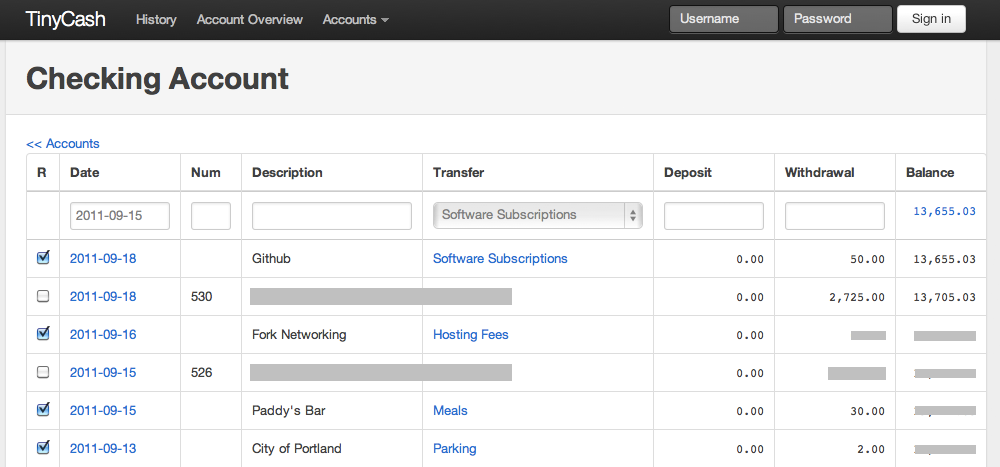LATEST BUSINESS STUDIES NOTES
THE LEDGER AND THE CASHBOOK - KCSE BUSINESS STUDIES NOTES, AUDIOVISUALS, QUESTION AND ANSWER23/4/2018
<
>
THE LEDGER AND THE CASHBOOKCONTENT
THE CASH BOOK
THE CASH BOOKS AND THE LEDGERThe cash book
This is a special ledger which is used to record cash and cheque transactions. It contains only the cash in hand and cash at bank (i.e. cash and bank) accounts Nominal ledger This ledger is used to record business expenses and incomes (gains). It contains all the nominal accounts. Private ledger This ledger is used in recording private accounts i.e. confidential and valuable fixed assets and the personal accounts of the proprietors such as capital accounts and drawing accounts. The general ledger The general ledger contains all other accounts that are not kept in any other ledger e.g. buildings, furniture and stock accounts.
Types of ledgersThe following are the main types of ledgers that are used to keep the various accounts
The sales ledger (Debtors ledger)
The purchases ledger contains accounts of creditors i.e. contains the records of the value of goods bought on credit and the suppliers of such goods. It is a record of the debts payable by the business due to credit purchases. An account is kept for each creditor to the credit side of which is posted the value of. Impersonal accounts This category of ledger accounts includes all other accounts that are not personal in nature e.g. buildings, purchases, rent, sales and discounts received. Impersonal accounts fall into two types
These are accounts of tangible assets or property e.g. buildings, land, furniture, fittings, machinery, stock, cash (at bank and in hand) etc. These accounts are also used to draw up the balance sheet. Nominal account: These are accounts of items that relate to gains and losses and whose balances at the end of the accounting period. All expenses, revenues, sales and purchases are hence nominal accounts. The main business expenses include: purchases, sales, returns, insurance, stationary, repairs, depreciation, heating, discount allowed, lighting interests, printing, wages, rent, rates and advertising. The value of losses is included in the same side as the expenses when drawing up the final accounts though it is not an expense. The income (revenues) include sales, returns, claims out, interest receivable, dividends receivable and commission receivable. Profit is usually categorised together with these incomes when drawing up the final accounts. Learn how to download pdf formats ... Make a Plan ...
To serve you better, we charge a membership fee that we will use to purchase more resources and hire more manpower to create more resources. You and others who use this website will be happier if you find what you need at the right time. Please help us to help you succeed in your studies
K.C.S.E Past Papers
K.C.P.E Past Papers
Classification of ledger accountsMany businesses handle few transactions, hence they have few records to keep. Their accounts can thus be kept in a single ledger referred to as the general ledger
As a business grows the volume of transactions increases. This single ledger, therefore, becomes very bulky with accounts and it becomes difficult to make reference to it. In order to simplify the recording of transactions and facilitate reference to the accounts, ledger accounts are usually classified and each category kept in a special ledger. NOTE (i) Since many transactions are cash transactions which are normally recorded in the bank and cash accounts a need arises to remove them from the main/general ledger to a separate ledger called the cash book. (ii) The number of ledgers kept depends on the size of the business. Classes of accounts All accounts can be classified into either personal or impersonal accounts. Personal accounts
The account balances of these accounts are used to draw up the balance sheet. In the ledger, the trial balance total is not affected. Purpose of a trial balance The purpose of a trial balance include:
Limitations of a trial balanceEven when the trial balance totals are equal, it does not mean that there are no errors made in the ledgers. This is because there are some errors that do not affect the trial balance.
A trial balance only assures the book keeper that the total of debit entries is equal to total credit entries. The errors that do not affect the trial balances are:
Trial BalanceA trial balance is a statement prepared at a particular date showing all the debit balances on one column and all the credit balances on another column.
NOTE: A trial balance is not an account but merely a list of assets, expenses and losses on the left and capital liabilities and incomes (including profits) on the right. The totals of a trial balance should agree if the double entry has been carried out correctly and there are no arithmetic errors both in the ledger as well as in the trial balance itself. If the two sides of a trial balance are not equal, it means there is an error or errors either in the trial balance or in the ledger accounts or in both. Errors that may cause a trial balance not to balance
QUESTIONS AND ANSWERS
FORM 3-Topic 15-THEORY OF THE FIRM.pdf View | Download 839k FORM 3-Topic 17-PRODUCT MARKETS.pdf View | Download 375k FORM 3-Topic 18-CHAIN OF DISTRIBUTION.pdf View | Download 307k FORM 3-Topic 19-NATIONAL INCOME.pdf View | Download 431k FORM 3-Topic 21-THE LEDGER AND THE CASHBOOK.pdf View | Download
0 Comments
|
Business Studies Notes Form 1 - 4
Categories
All
Archives
April 2024
AuthorAtika School Team |
||||||||||||
We Would Love to Have You Visit Soon! |
Hours24 HR Service
|
Telephone0728 450425
|
|
8-4-4 materialsLevels
Subjects
|
cbc materialsE.C.D.E
Lower Primary
Upper Primary
Lower Secondary
Upper Secondary
|
teacher support
Other Blogs
|

 RSS Feed
RSS Feed